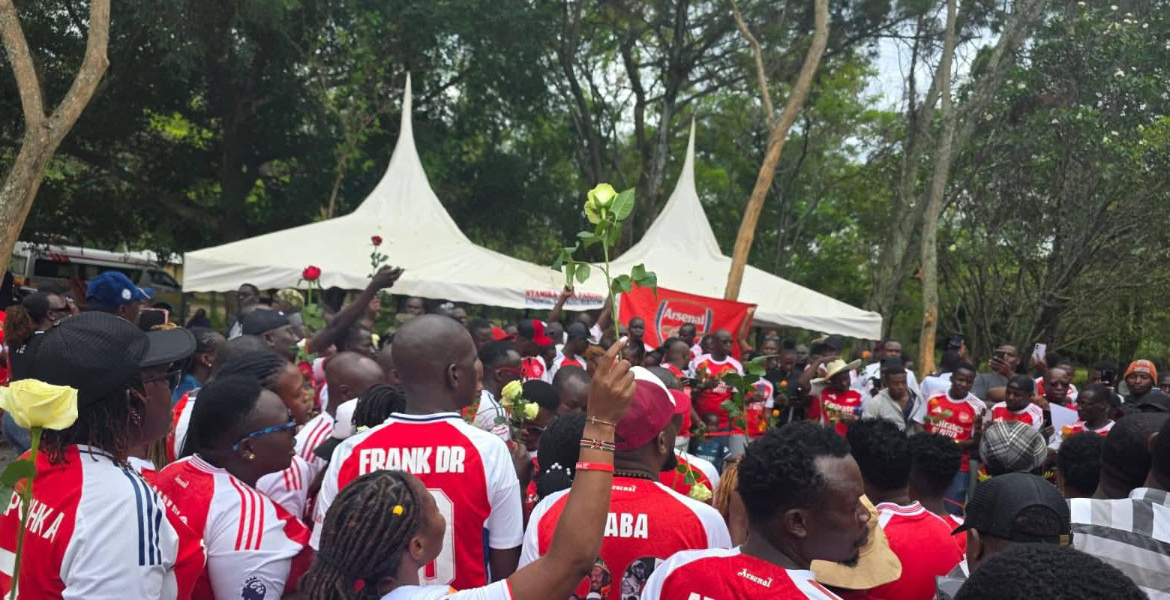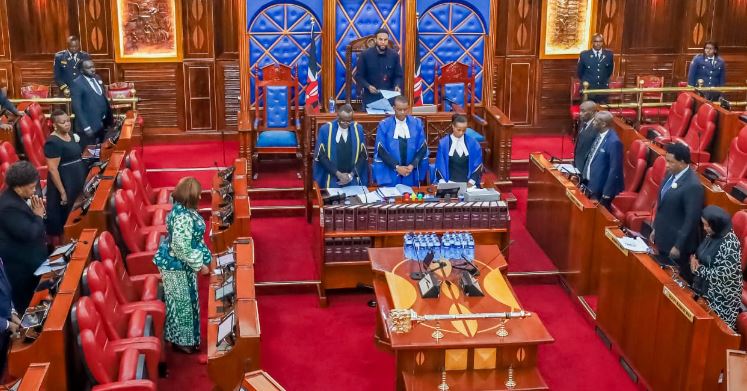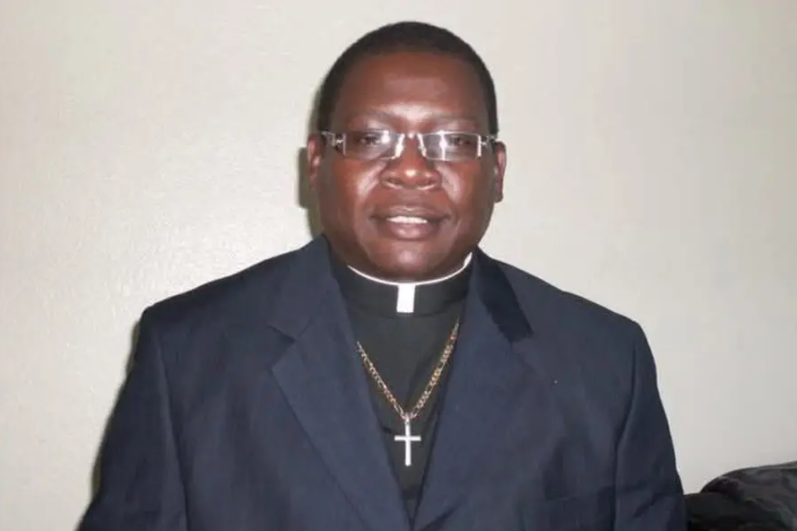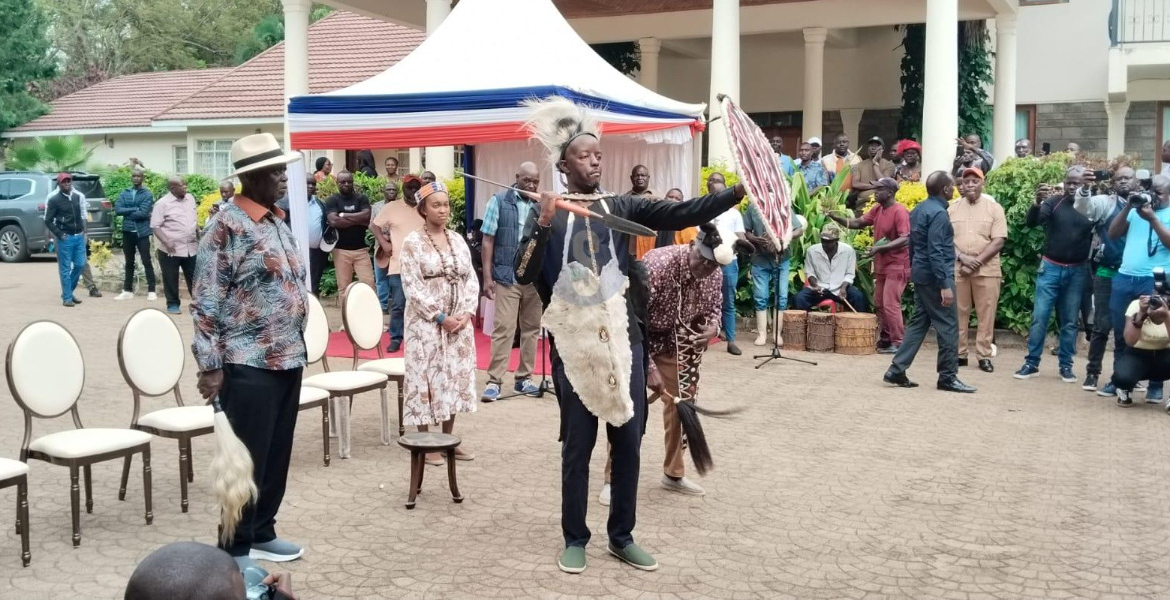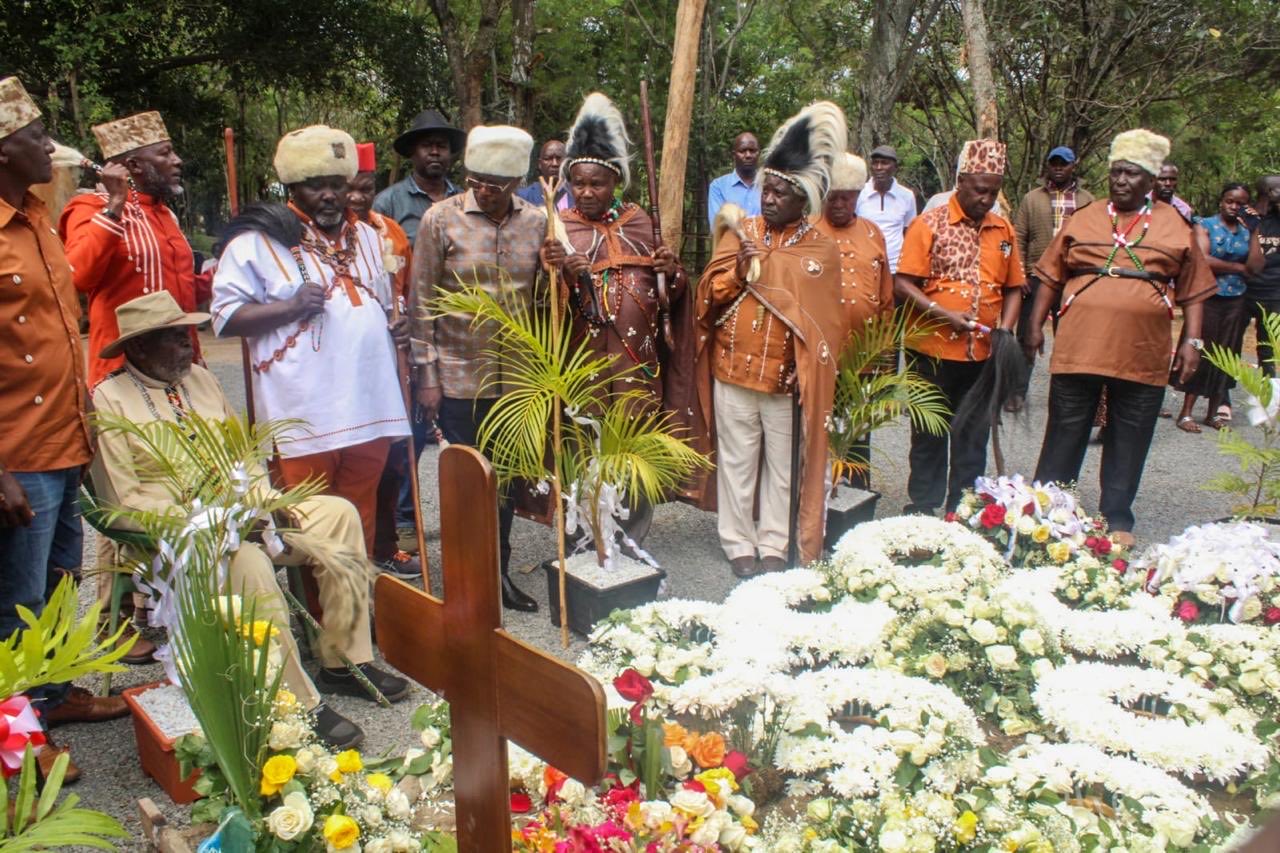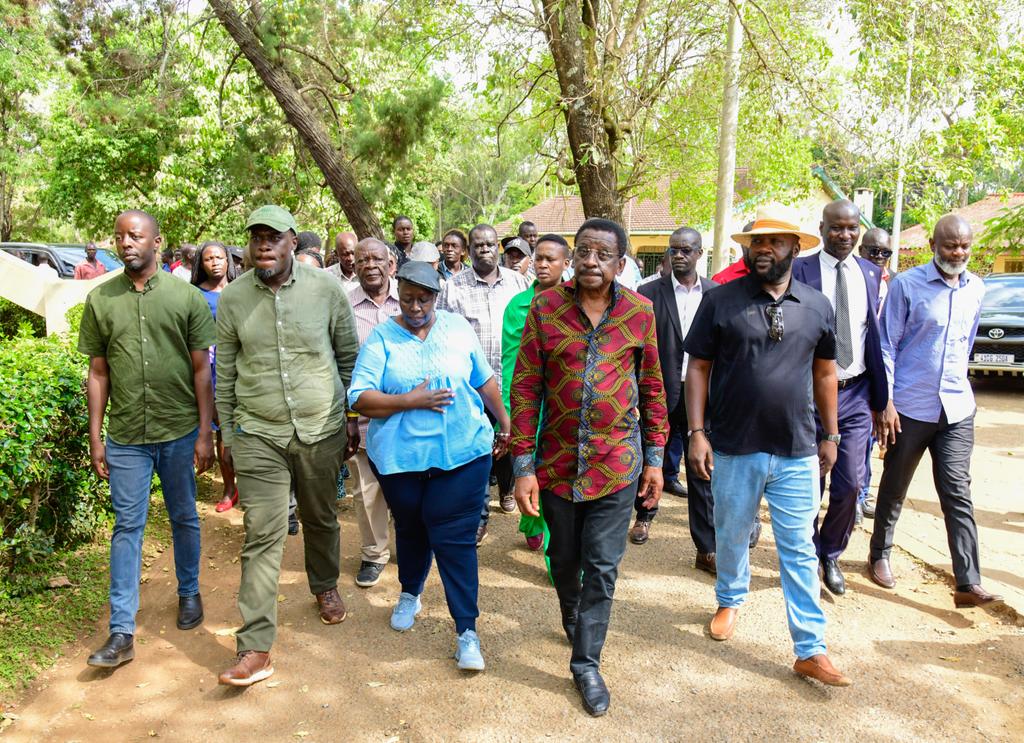Who was Raila Odinga
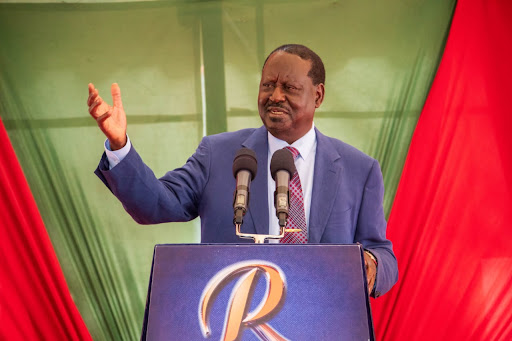
Raila Amollo Odinga was one of Kenya’s most influential political figures and has been a central player in the country’s political landscape for over four decades.
Known for his fiery rhetoric, unwavering opposition stance, and a career marked by both triumphs and controversies, Raila’s name is almost synonymous with Kenya’s struggle for democratic reform.
Born on January 7, 1945, in Maseno, Kisumu County, Raila is the son of Jaramogi Oginga Odinga, Kenya’s first Vice President and a key figure in the country’s independence movement.
Following in his father’s footsteps, Raila entered politics in the late 1970s, gaining national attention in the early 1980s as a vocal opponent of the one-party regime of President Daniel arap Moi.
In 1982, Raila was arrested and detained without trial for allegedly being involved in a failed coup attempt against Moi’s government.
He would spend a total of nearly nine years in detention over various periods, earning him the title of a political prisoner and symbol of resistance against authoritarianism.
Raila’s political journey has seen him align with and break from multiple parties and coalitions.
He was a founding member of the Forum for the Restoration of Democracy (FORD) and later the National Development Party (NDP), before merging with the ruling party, KANU, in 2001—only to part ways again soon after.
In 2005, following the defeat of a government-backed constitutional referendum, Raila led the formation of the Orange Democratic Movement (ODM), which became a major opposition force.
Since then, he has run for the presidency five times — in 1997, 2007, 2013, 2017, and 2022 — and although he has never clinched the presidency, he has remained a significant political and reformist figure.
His most controversial moment came after the 2007 general election, where post-election violence erupted following a disputed result. Over 1,000 people died, and hundreds of thousands were displaced.
A power-sharing agreement brokered by the international community led to Raila being appointed Prime Minister under President Mwai Kibaki from 2008 to 2013—the only time Kenya has had such a position in recent history.
In recent years, Raila shocked both supporters and critics by reconciling with his former political rival, President Uhuru Kenyatta, through the symbolic “Handshake” in March 2018.
The move, while hailed by some as a step toward national unity, also divided opinion, especially among Odinga’s traditional base who viewed it as a betrayal of the opposition cause.
In the 2022 presidential elections, Raila made his fifth and possibly final bid for the presidency, backed by President Kenyatta. He narrowly lost to William Ruto, Kenya’s current president, a result he challenged in court but was upheld by the Supreme Court.
Despite never ascending to the presidency, Raila’s impact on Kenya’s democratic evolution is indelible.
He has championed constitutional reforms, multiparty democracy, and social justice, often at great personal cost. He remains a towering figure in African politics and continues to command significant influence, both within Kenya and beyond.
Raila has also taken on a more continental role, including being nominated as the African Union’s High Representative for Infrastructure Development, a position that underscores his continued relevance in regional and global affairs.
